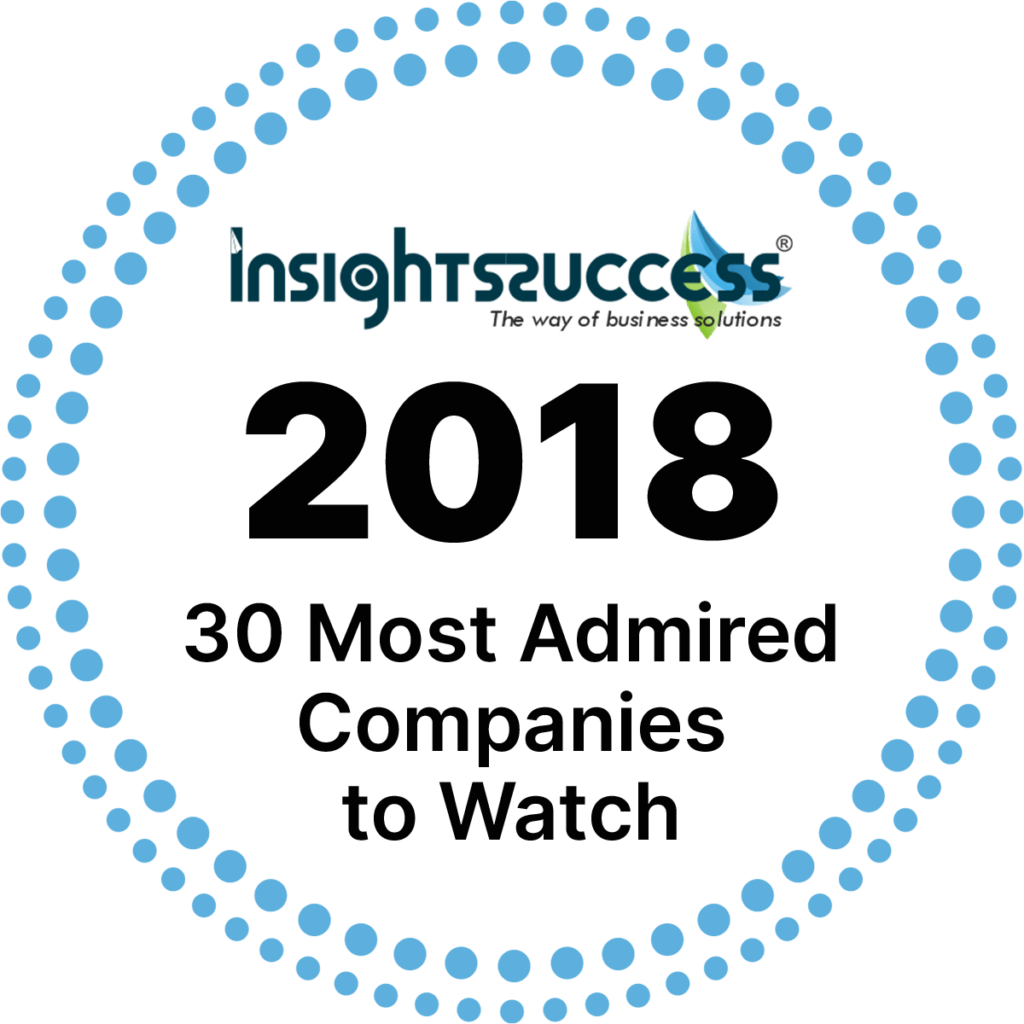Published: August 29, 2018
Just five years ago, natural, organic, humane, and fair-trade foods made a large market entrance and quickly changed the way traditional F&B and CPG companies defined the market. According to Statista, United States retail sales of natural and organic foods in 2017 was $17.19 billion. This rapid rise in consumer behavior and preference, although still the minority, promptly pushed nearly every food and beverage company to respond. Some companies responded out of fear of obsolescence while others saw opportunity to differentiate product offerings and gain access to the premium/super premium consumer base. This is another example of potential threat becoming a hidden opportunity.
There are more changes on the way and several of them are already playing a major factor in the constantly changing F&B space. Here are three topic areas that Proactive Worldwide has recently covered that may impact your business plans.
Vertical Farming: What Happens in Vertical Integration?
As trends toward urban development accelerate, the desire for green solutions rise, and as labor and resource shortages increase, there is a growing demand toward food production moving literally vertical.
Vertical farming is not mainstream, but the growth potential of this concept is likely to be a battleground in the future. Many major cities have small vertical farming operations, but most are in their infancy and test phases, i.e., understanding consumer interest, testing concepts, determining output rates and success. While there are numerous benefits to these operations (reduced water usage, organic by default, zero-waste potential), cost savings can be a major draw. The compact nature of these facilities allows for additional automation opportunities and the ability to directly interact with consumers. Research and Markets.com estimates that the vertical farming market will generate over $7.5B by 2023.
While these facilities are currently not expected to fulfill the demand of an entire population, they offer benefits that can’t be ignored and when scaled, they present a significant disruption to the food and grocery space. We consider this to be the potential Organics 2.0 or Consumer Farm to Table – essentially the next evolution of healthy eating trends, sustainable farming, and consumer convenience. The threat is real enough that companies like Amazon and Walmart are investing in these technologies along with other major players. What would happen if Amazon started to invest by developing centers in major cities using a similar approach to how they invested in warehouse development? What if they added these capabilities to warehouses or future construction plans? Vertical farming can greatly impact the grocery and food service business in ways that can be dramatic. Additionally, vertical farming can create immense business opportunities to those that enter early or with a plan of attack.
DNA Diet Plans: Leveraging Technology to Inform Your Eating Habits
Almost everyone in the US has seen commercials for DNA testing kits and noticed the evolution of a novelty service, providing ancestor migration reports, into health information sets that some could call “predictive health analytics.” Consumer interest and usage of these services has sparked attention from other players – keenly food and beverage companies along with retailers.
There is a growing trend toward developing more customized health plans and solutions that are based upon current health considerations or challenges. According to John R. Kimberly, PhD and Etienne Minvielle, MD, PhD, these applications are tailored to an individual patient’s medical needs and are designed to help improve the health status of both individuals and populations by increasing medication adherence. Combining this with predictive analytics creates a powerful opportunity to establish highly customized solutions and ultimately, highly personalized consumer experiences. There are a variety of start-ups offering DNA testing that focus on nutrition needs (WellnessFX, Geno Palate, EverylyWell) and are quickly becoming targets of investment. Can you guess who is investing in these organizations?
This technology combined with product pairing and go-to-market strategy execution can help increase subscription-based food buying and continue to open direct-to-consumer opportunities. Multiple companies are seeking to develop strategic partnerships (or potential M&A) of these testing organizations, which will provide a unique value proposition to customers – one that follows consumer-centric thinking to the most personal of levels.
Adapting to Click and Collect: More Change is Coming
The challenge that Amazon and Walmart present to traditional grocery retailers is substantial. Along with the fact that the once profitable “middle aisle” of CPG goods is evaporating to online channels, online competitors are seeking to reduce the role retailers/distributors play in food purchasing. Technology is forcing grocery chains to adapt. To combat this change, retailers have developed a solution that plays in between traditional retail and online – Click and Collect. This service operates using an online interface that allows shoppers to build their shopping cart online and simply collect it at the store – bypassing the entire traditional shopping experience. And it is working…at least for now. According to Stephan Serrano from Barilliance, an eCommerce data science company, by 2025 10% of all sales globally, will be fulfilled by Click and Collect, decreasing in-store purchases to 60%.
A great win for grocery retailers and a fantastic way to adapt to online…except it is also pushing consumers to the one channel that threatens them the most. As consumers become more familiar with the online experience for food purchases, major F&B and CPG companies are eagerly waiting their opportunity to further reduce the role of traditional brick and mortar retailers. There are a variety of companies that are seeking to do this: Amazon is a major player at disrupting grocery retailers but others such as INS Ecosystem (a threatening blockchain company that seeks to kill traditional distribution) and Instacart (which allows consumers to buy from multiple retailers in one spot) that will further remove consumers from traditional distribution and get closer to a direct relationship. Online businesses that deliver perishable food products are on the rise but are more connected than ever to IOT technology and consumer insights that will drive faster direct-to-consumer business opportunities.
While many of these topics are focused on fresh produce, the impact of these disruptive technologies and others have the ability to threaten the entire channel itself. Understanding the threats, the direction and speed they are going, the major players getting into the game, and their strategies is critical to staying ahead of these threats or even turning them into opportunities. None of these changes occur overnight, but “fast change” is a relative term. Each of these major disruptors can provide a wealth of opportunity to those who seize it. Knowledge, awareness, and foresight are required to develop the strongest ROI possible.
About Proactive Worldwide, Inc.
Proactive Worldwide, Inc. is a global research and strategic intelligence consulting firm that provides evidence-based, constructive information within the competitive intelligence, market intelligence, and customer insights domains. Anchored by primary source research for over 22 years, PWW’s multilingual professionals assist clients with offerings that include but are not limited to market intelligence and competitive research services, market entry and defense strategies, war gaming workshops and scenario planning events, and customer experience and voice of customer studies. To learn more, visit http://www.proactiveworldwide.com













